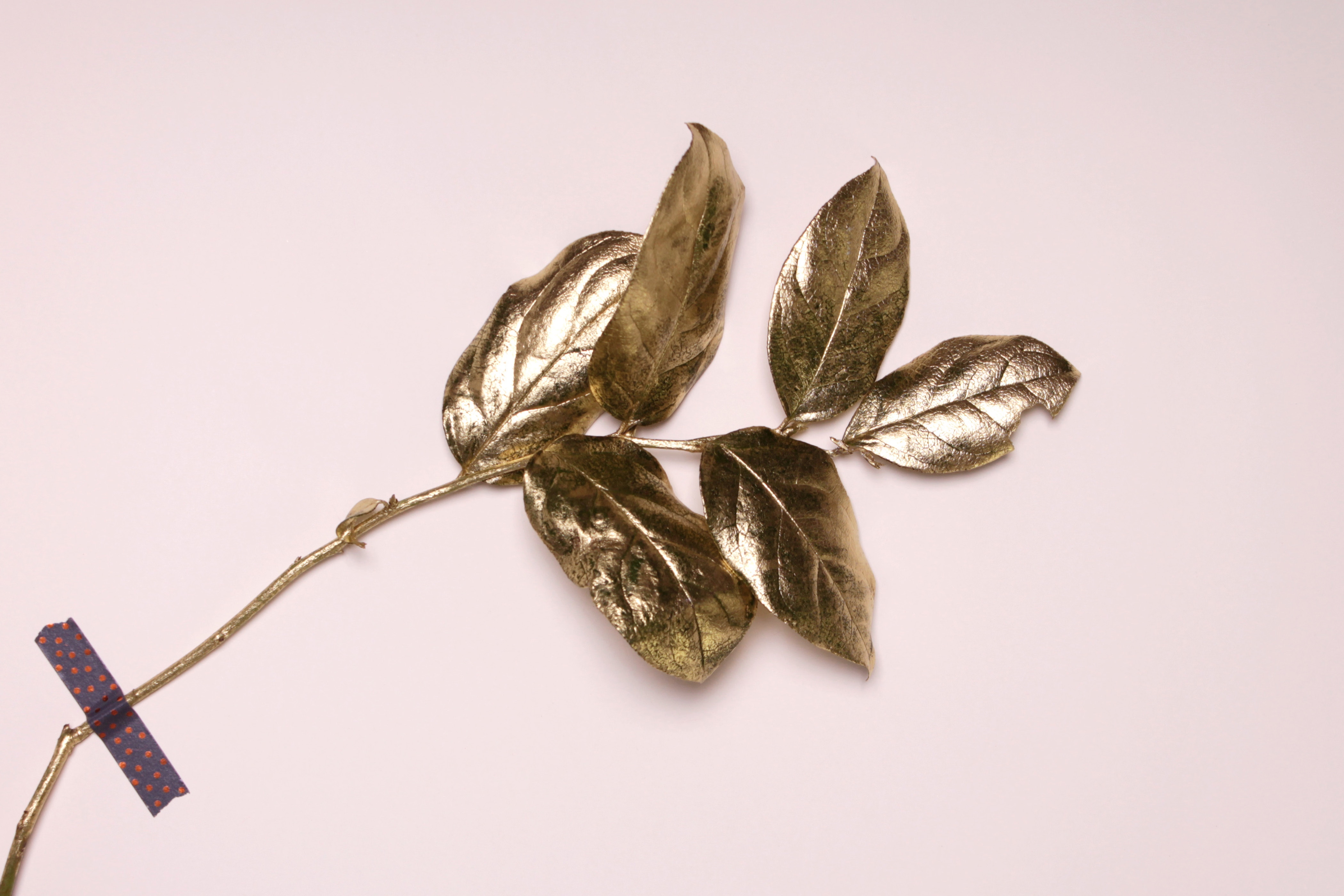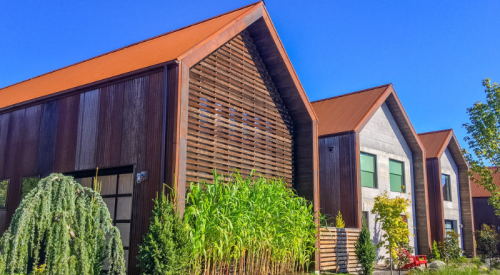Wabi-sabi is a design philosophy borne out of Zen Buddhism, emphasizing thoughtful collection of authentic items to personalize one's home, and an embrace of seeing beauty in imperfection.
“Aesthetically it emerged in 15th-century Japan as a reaction against the dominant, aristocratic style of the day, which was heavy on both ornamentation and lavish materials,” says Lindy Williams, an interior architect and co-founder of design firm Westward Foundry. Realtor.com advises the following for those looking to integrate wabi-sabi into their home: use a neutral, earthy palette, remove clutter, choose authentic items that reflect the natural world around the home, and to collect objects with meaning.
The wabi-sabi aesthetic rejects the idea of machined perfection by celebrating natural materials, organic asymmetry, and (gasp!) flaws on furniture and accessories from everyday wear and tear. Think modest interiors that look comfortably lived-in instead of ambitiously styled: linen bedsheets that aren't perfectly arranged, handmade pottery, and bare brick walls.













